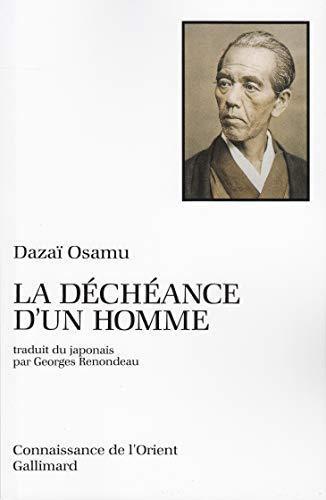196 páginas
Idioma French
Publicado el 16 de diciembre de 1990

196 páginas
Idioma French
Publicado el 16 de diciembre de 1990
No Longer Human (人間失格, Ningen Shikkaku) is a 1948 Japanese novel by Osamu Dazai. It is considered Dazai's masterpiece and ranks as the second-best selling novel ever in Japan, behind Natsume Sōseki's Kokoro. The literal translation of the title, discussed by Donald Keene in his preface to the English translation, is "Disqualified From Being Human". The novel, narrated in first person, contains several elements which portray an autobiographical basis but is in fact categorized under the semi-autobiographical genre since the characters in the book are all fictional. The novel presents recurring themes in the author's life, including suicide, social alienation, and depression. Much like the protagonist Yōzō, Dazai attempted suicide a total of five times in his lifetime, with consorts, until ultimately succeeding in taking his own life with his lover at the time, a woman named Tomie Yamazaki. Many believe the book to have been his will, as Dazai …
No Longer Human (人間失格, Ningen Shikkaku) is a 1948 Japanese novel by Osamu Dazai. It is considered Dazai's masterpiece and ranks as the second-best selling novel ever in Japan, behind Natsume Sōseki's Kokoro. The literal translation of the title, discussed by Donald Keene in his preface to the English translation, is "Disqualified From Being Human". The novel, narrated in first person, contains several elements which portray an autobiographical basis but is in fact categorized under the semi-autobiographical genre since the characters in the book are all fictional. The novel presents recurring themes in the author's life, including suicide, social alienation, and depression. Much like the protagonist Yōzō, Dazai attempted suicide a total of five times in his lifetime, with consorts, until ultimately succeeding in taking his own life with his lover at the time, a woman named Tomie Yamazaki. Many believe the book to have been his will, as Dazai took his own life shortly after the last part of the book (which had appeared in serial form) was published. As of January 1, 2019, the book is in the public domain.